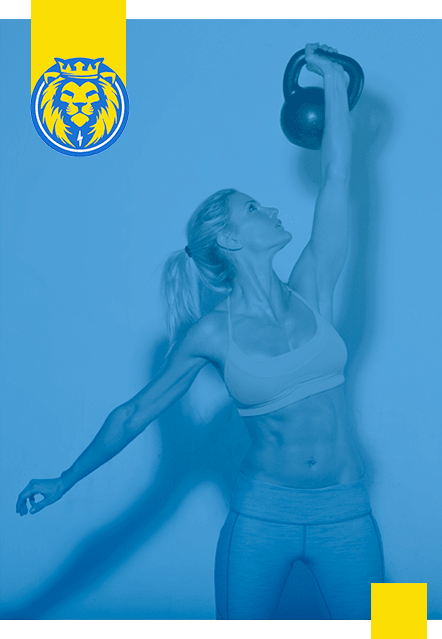Readiness to Change
When people walk into Pulse Fitness they are looking for a change. Whether it be to live a healthier lifestyle, lose a little bit of weight, or enhance athletic performance. Well how ready are they actually willing to change? The different stages in the Transtheoretical Model will help identify their readiness to change and what cues work best to motivate. These strategies can assist new and existing clients to make the behavioral changes needed to live a healthier lifestyle. There are five stages of a person’s motivational readiness for change. These stages are precontemplation, contemplation, preparation, action, and maintenance.
A person in the first stage, precontemplation, has no intention of changing. They are not even thinking about the new behavior. People in this stage tend to get defensive at suggestions to change and resist efforts to change. As we relate this to physical activity, they believe there are more negative effects than there are positive effects to change. For example, a negative effect would be taking time out of their day or waking up early to workout. In order to motivate a person in precontemplation, education is the most important part here. They must become aware of the benefits of changing. You must also help them identify some of the barriers of change, what would need to be overcome to adopt the behavior more easily. If the person is just thrown into a new routine they will be more likely to relapse to the old behavior. Educating on the benefits and identifying barriers are two key points on helping a person move into the contemplation stage.
A person in the contemplation stage is thinking about changing. The pros and cons to the behavior are equal and they are lacking the commitment to change. Temptation is too great for them to overcome. To help a person progress to the preparation phase you must increase the person’s health awareness. What is their existing health status? What health benefits will they gain for adopting the new behavior? You must increase their desire to change. Peer pressure can actually aid a person into changing during this phase. A big component during this phase is goal setting. Creating specific and attainable goals to focus on. We need short-term goals to aid our long-term goals. Goals should consider the person’s current status, include a specific plan of action, be measureable, and have a time frame. These goals help the client create a roadmap and identify the factors that are positively or negatively associated with achieving the goals.
Preparation is when someone wants to change and is making efforts. They may perform the behavior but it is inconsistent. At this point they believe the pros outweigh the cons, but lack the confidence in their ability to perform the new behavior. To help move a person into action, you must develop a plan of attack by addressing supports, barriers, and chances of relapses. You need to help them break the chain of events leading up to the negative behavior. These people need ongoing evaluation, reflection, and adjustments to help make this behavior consistent. Measuring progress helps them become aware of success and relapses.
The action phase is when a person has begun performing the behavior consistently within the past 6 months. They have a plan of action for doing the behavior and are committed to the new behavior. The pros definitely outweigh the cons, however, they can get discouraged easily due to unrealistic goals. This phase has the greatest risk for relapse. Physiologically they could be exhausted and have lack of recovery and psychosocially they could have discouragement. In order to help this person move into the maintenance phase you must support their relapse prevention and help them internalize the behavior. Both intrinsic an extrinsic motivation can aid in internalizing the behavior. Extrinsic motivation can be created with rewards or incentives, while intrinsic motivation is through personal desire and enjoyment. Depending on the behavior and the personality of the person will help determine which strategy will work best at internalizing the behavior. Once relapse prevention and internalization has occurred we can then look to maintenance.
Maintenance occurs when a person is performing the behavior consistently for more than 6 months. Their confidence is high and they are “just doing” the behavior. There is less thinking about the pros and cons and the behavior is part of their lifestyle. The person enjoys the benefits of change causing the relapse to be low risk.
The Transtheoretical Model can help assist our existing clients commit to a new nutritional program, workout more times per week, and even improve client retention. This can also be useful when addressing a potential new client, are they aware of the benefits? Are they ready to sign up or are they still thinking about whether to start working out? This model doesn’t only have to be applied to physical activity; it could be any change our clients are thinking about making. Peer pressure might help one stage, but can steer someone in precontemplation away. Choosing the right methods, helping clients create a roadmap for the new behavior, and being their as a support for them will be crucial in their readiness to change.

